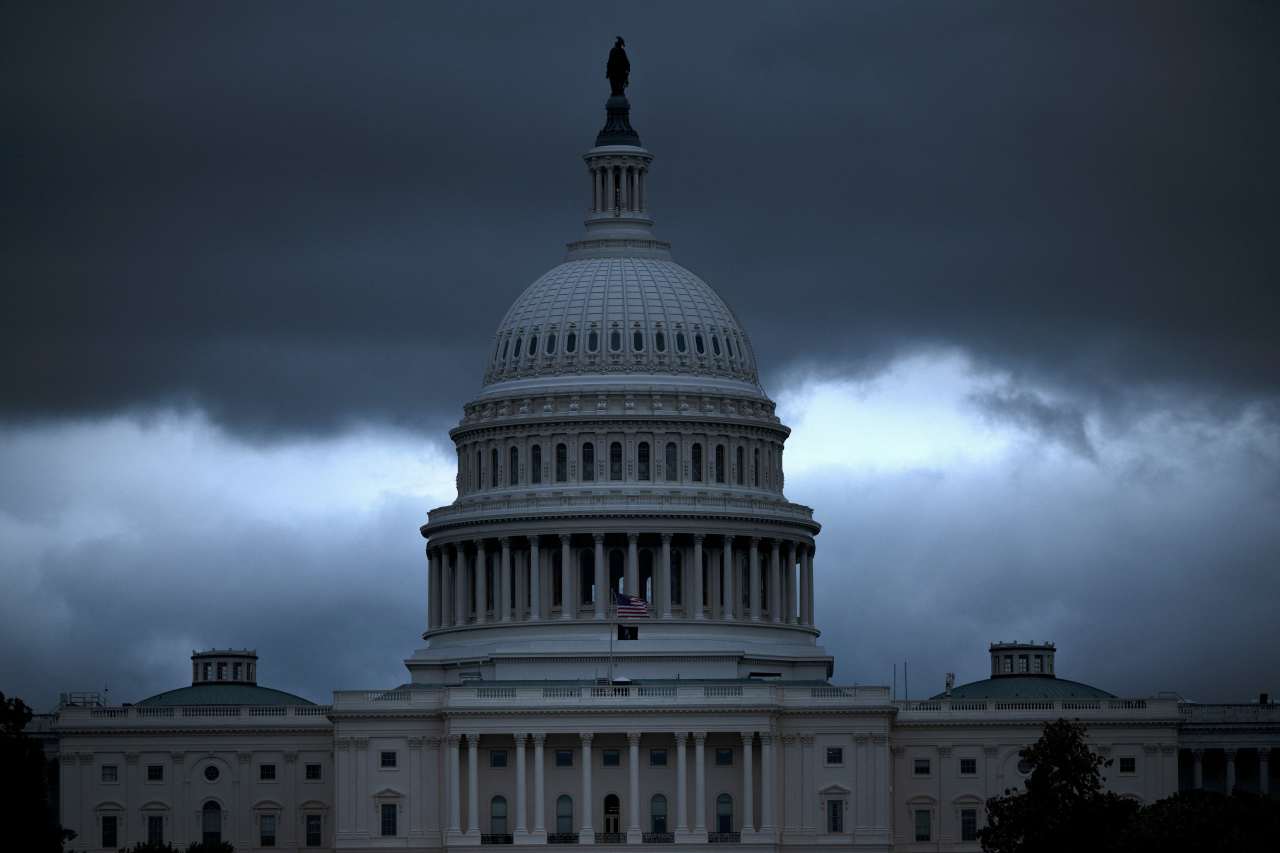
A 10% surge in market volatility presents a complex scenario for investors in 2025, heavily influenced by government shutdown uncertainty. This political ambiguity hinders the assessment of crucial economic data, making it challenging for both retail and institutional investors to evaluate stocks and earnings accurately.
The current lack of clear information forces a cautious approach, potentially leading to missed investment opportunities. Understanding these dynamics is paramount for effective market navigation and strategic planning.
As of market close October 25, 2025, the Nifty 50 closed at 19,500. Key indices show resilience, with analysts anticipating a rebound post-resolution.
This analysis explores actionable strategies for the year ahead, focusing on market volatility analysis.
Expert Market Analysis
The current government shutdown has plunged financial markets into an unprecedented state of uncertainty, compelling investors to lean on faith rather than concrete data. Historically, such political impasses have reliably amplified market volatility and instilled a cautious stance among institutional and retail investors alike. The inability to access vital government economic data, compounded by the looming threat of policy shifts, effectively clouds the true financial health of numerous companies and diverse sectors. This mirrors market jitters witnessed in late 2018 and early 2019 during prior government shutdowns, though the underlying economic drivers differed significantly. The present scenario, however, intensifies the imperative for enhanced transparency and the dissemination of factual information to guide investment decisions for market volatility analysis.
From a fundamental analysis standpoint, the scarcity of clear economic indicators renders a thorough assessment of key metrics such as GDP growth, inflation rates, and employment figures exceedingly difficult. These indicators are indispensable for projecting corporate revenue streams and analyzing profit margins accurately. Companies heavily reliant on government contracts or those operating in policy-sensitive sectors are particularly susceptible to adverse impacts. While certain segments like technology or consumer staples might exhibit resilience, their valuations risk becoming distorted in the absence of clear forward-looking guidance. Concurrently, technical analysis becomes more erratic, with support and resistance levels proving harder to ascertain due to unpredictable trading volumes and investor sentiment swayed by the news cycle rather than intrinsic value. The lack of reliable forecasts for free cash flow further exacerbates this complexity, impacting investor strategy 2025.
Comparing the prevailing market sentiment to that of other nations grappling with political instability highlights the critical role of transparency and predictability in bolstering investor confidence. In India, for instance, regulatory bodies like SEBI enforce a stringent disclosure regime, equipping investors with more reliable data streams. The current US environment, characterized by inconsistent data flow, places American companies at a potential disadvantage when measured against their international counterparts. Corporations in sectors like aerospace or infrastructure, which frequently engage with government entities, are especially vulnerable to project delays and altered timelines, directly impacting their EBITDA margins and competitive positioning relative to global peers, a key consideration for market volatility analysis.
The overarching expert consensus suggests that while the shutdown presents formidable short-term challenges, markets have historically demonstrated remarkable resilience once clarity is re-established. Investors are strongly advised to concentrate on companies possessing robust balance sheets, diversified revenue streams, and proven management capabilities capable of navigating such turbulent periods. Identifying potential entry points during phases of extreme investor fear, underpinned by a meticulous understanding of a company’s long-term prospects rather than succumbing to short-term political noise, could unlock significant future rewards for investor strategy 2025. Key developments to monitor will include any legislative progress toward resolving the shutdown and revised economic outlooks from independent financial institutions.
Related Topics:
Market Volatility Analysis, Investor Strategy 2025, Government Shutdown Impact, US Economic Outlook, Financial Uncertainty, Stock Market News, Political Fog Investing, Economic Indicators 2025, US Markets, Investment Planning



